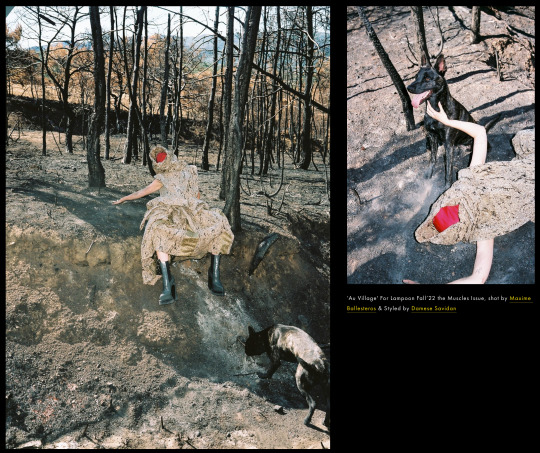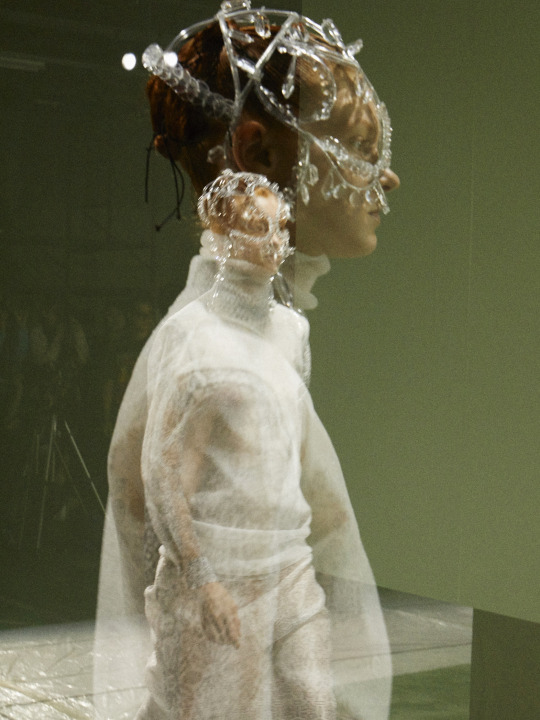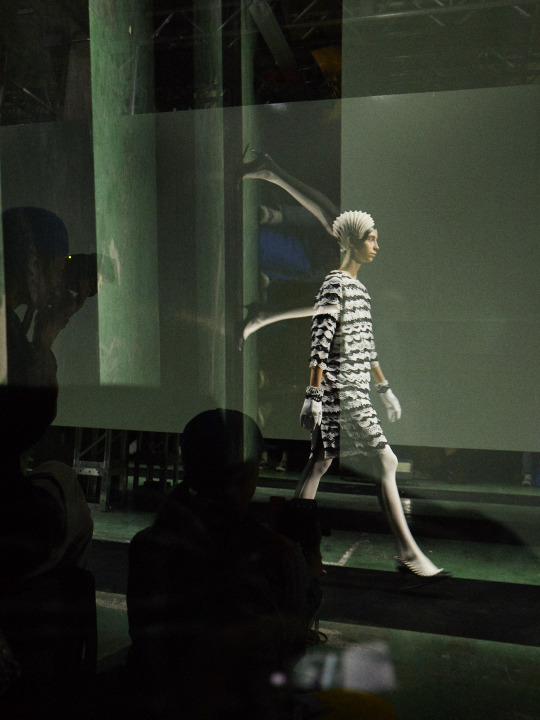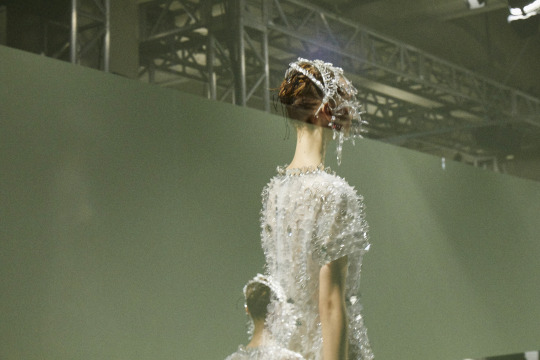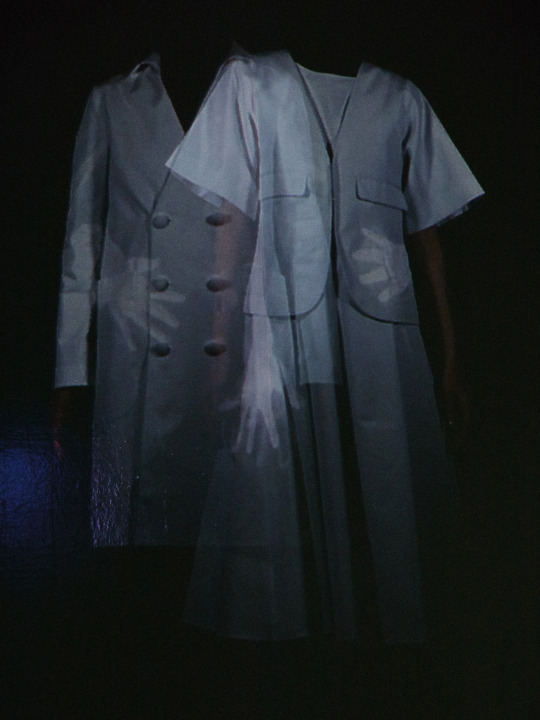Don't wanna be here? Send us removal request.
Text
Interview with Maxime Ballesteros by Rebecca U for GATA magazine
https://gatamagazine.com/articles/photography/an-interview-with-maxime-ballesteros
#MaximeBallesteros
1 note
·
View note
Photo
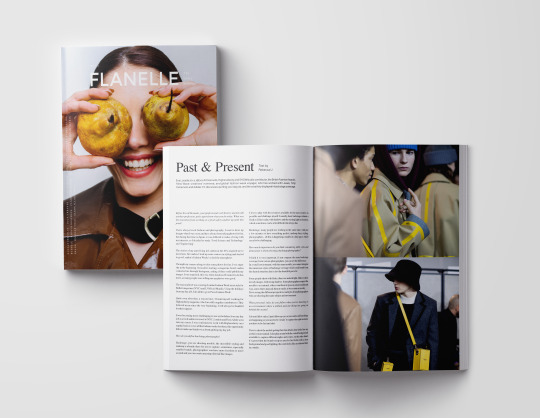


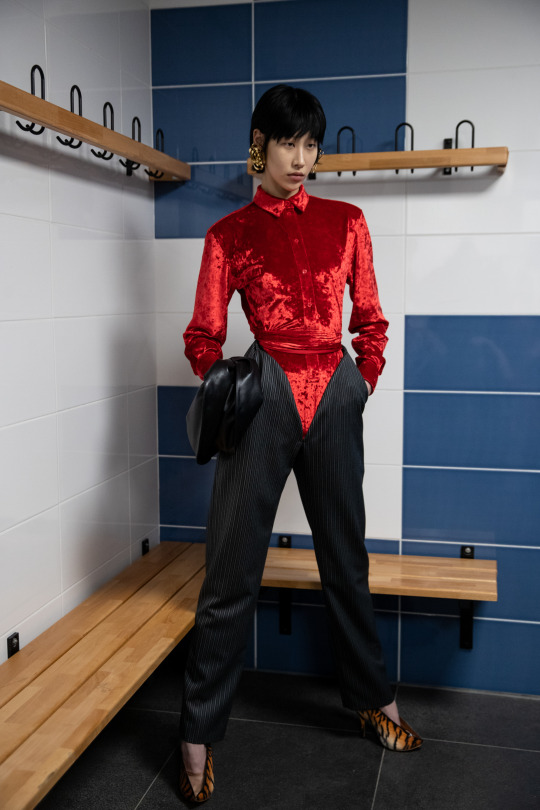
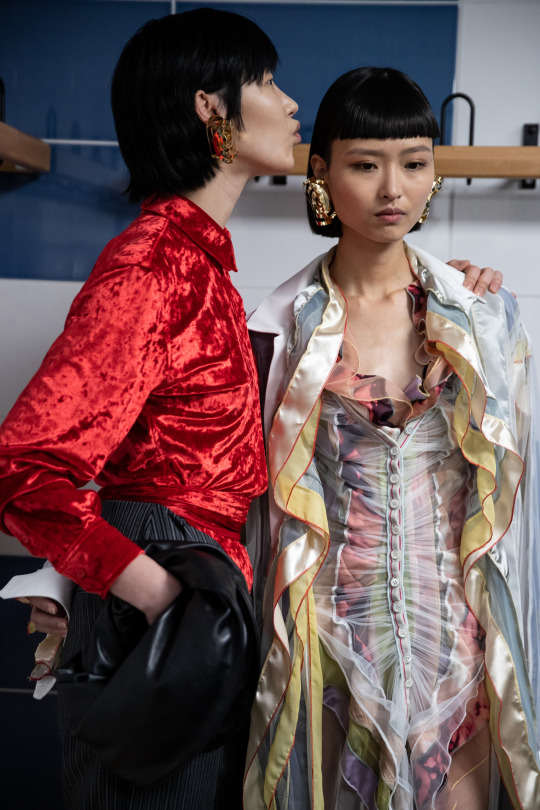

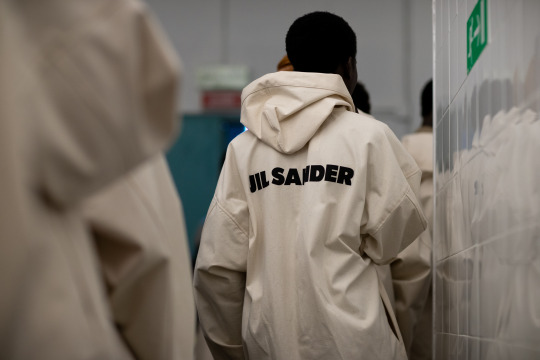

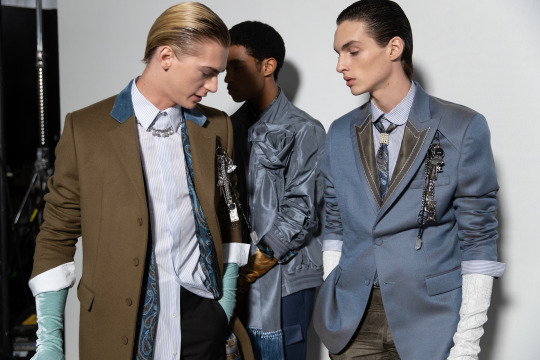
Flanelle Magazine - Unity Issue #22 Interview: Rebecca U Photos: Eva Al Desnudo Eva Losada a.k.a. @Eva.Al.Desnudo, Highsnobiety and SHOWstudio contributor, the British Fashion Awards’, ‘New Wave: creatives’ nominee, and global fashion week voyager, who has worked with Loewe, Yohji Yamamoto and Adidas Y-3, discusses quitting your day job, and the creativity displayed in backstage coverage. Before Eva Al Desnudo, your professional work history started with another profession, poles apart from what you do today. Detail the transition from working as a food safety auditor up until this point. I have always loved fashion and photography, I used to draw up designs when I was a teen and have always been taking photos for fun, but during that time in Spain, it was difficult to make a living with my interests, so I decided to study ‘Food Science and Technology’ and ‘Engineering’. The stories of my aunty living in London in the 80’s inspired me to move here. In London, I took up some courses in styling and started to go to London’s Fashion Weeks’ to feel the atmosphere. I brought my camera along to take some photos for fun, I was super shy in the beginning. Soon after starting, a magazine from London contacted me through Instagram, asking if they could publish my images. I was surprised, this was when I realised I wanted to do this more, as many people were telling me my photos were good. The season after, I was covering London Fashion Week street style for Bullett magazine (NYC) and L’Officiel Manila. Using the holidays from my day job, I decided to go to Paris Fashion Week. Quite soon after that, a season later, I found myself working for Highsnobiety magazine, who I am still a regular contributor to. They believed in me since the very beginning, I will always be thankful for their support. It was becoming more challenging to use my holidays from my day job as a food auditor to travel to NYC, London and Paris. Quite soon into my career, I was confirmed to work with Highsnobiety on a regular basis to cover all the fashion weeks for them, this opportunity did not make me think twice about quitting my day job. How do you define backstage photography?
Backstage, you are shooting models, the incredible styling and makeup is already there for you to capture, sometimes, especially smaller brands, photographers can have more freedom to move around and you can create amazing editorial like images. I love to play with the resources available, be the most creative as possible and challenge myself. I usually shoot backstage without a flash as I like to play with shadows and the existing light on location, which sometimes can be a bit difficult, but always fun. Backstage, many people are working at the same time, with just a few minutes to have everything perfect, makeup, hair, styling, photographers, all this is happening, usually in a tiny space, which can also be challenging. When I’m selecting a photographer for backstage, I consider their skill, style and demeanour. How much importance is placed on these points of consideration?
I think it is very important, if you compare the same backstage coverage from various photographers, you can see the difference. In a small environment, with the same models, you cannot imagine the numerous styles of backstage coverage which could result from the shared situation, this is also the beautiful part of it. Some people shoot with flash, others use natural light, I like to shoot moody images, with strong shadows. Some photographers request the models to act natural, others want them to pose in a more traditional way, some others may ask them to smile, to be serious or moody. I love seeing the different perspectives and styles from photographers who are shooting the same subject and environment.
What personal rules do you follow when you're shooting in an environment where a million-and-one things are going on behind-the-scenes?
I do not follow rules; I just follow my eye, as you said, a million things are happening so you need to be ‘awake’ to capture the right moment, you have to be fast and alert. I love to shoot the models getting their last details done in the line-up, as this is more natural, I also play around with the varied backgrounds available to capture different angles and scenes, on the other hand, it’s great when the brands set up an area for first looks with a clear background and good lighting, the result looks like an editorial shot in a studio. You travel six months a year to shoot globally, besides London and Spain, where else in the world would you call home?
Definitely Tokyo, I can say this is the only city I feel very sad when leaving. I love the city, the best part is the people there, I am lucky to have a group of friends who take me out every day to the most amazing performances, parties and dinners, so the city definitely feels like home. I think the meaning of friendship is very similar to the Mediterranean one, so many times I feel more at home in Japan than in London. NYC is a bit the same, people are very friendly and they are open to meeting new people.
The experiences of shooting an editorial in Tokyo must be quite different to shooting in the United Kingdom or Europe. How does production and team coordination differ between countries or continents?
It is different, although recently with the spike in globalisation, access to social media and people often moving from place to place, the teams are made up of people from all over the world. I love shooting editorials in Tokyo, especially on location, Tokyo has so much to offer. I think production and coordination is similar to other countries due to the reason I stated before, the differences you can find are in the things which are external, for example, requesting permission to shoot, dealing with model agencies, lighting and rental places. The first barrier is the language, it is always helpful to work with a local to set up the shoot, also, the process in Tokyo can take a bit longer compared to London or NYC. What is the future of Fashion Week? Do you foresee any changes in the way it runs?
This is a very common conversation nowadays, everybody, brands, press, buyers are talking about it, trying new ways of showing collections, some doing ‘co-ed’ shows, as nowadays, it does not make much sense to do separate shows, also, some people are using technology to show their collections. Every season, more and more brands are moving to Paris, it feels condensed in the city. I still think the shows are the most beautiful experiences, the music, the lights, to view the clothes in full motion, digital does not feel the same to me, plus, we have to admit, we all love going to fashion week, the travel, dinners, and parties, are things which are hard not to love. If we think about the impact of fashion week, which occurs four times a year, in many cities, questions about whether it is sustainable do arise. I personally think this ultra fast fashion we have nowadays is going to have to slow down, we are constantly overexposed to new content every day. We are not able to fully appreciate it. There are some designers who have six collections a year, the question is, do we really need that many? The last few years you see people in the industry working towards sustainable production, the topic of ‘upcycling’ has become a common subject during fashion week.
The reality of a photographer trying to make their bread and butter from this kind of work, any insight you would like to share?
The last few years have seen a huge rise in people taking up photography, it has gotten to a point where people are working for free or for very little money, the pay doesn't even cover travel expenses, the acceptance of this is causing the business to go down. Season after season, I always have a bunch of publications asking me to ‘work’ for them, they want you to shoot five to six shows a day, by the end of our conversation, I discover there is no budget or they offer something so little which does not allow you to earn any money after expenses. The problem is that there are so many people out there available to shoot for free who are just looking for an Instagram tag from a big publication, hoping this would eventually make a living for them sometime in the future, usually, this is not the case, if you do not give yourself value, nobody else will. A couple of years ago, we created the “No Free Photos” movement, to try to fight this situation, if people continue to accept work free of charge or for a low rate, it is going to be impossible to better the situation for photographers.
Street style is no longer your focus, what encouraged the transition? Street style has changed a lot, before we used to have the ‘unwritten rules for street style’, we used to respect each other by allowing space for others to shoot, not jumping on somebody else’s photo. Respect is now lost, the number of photographers outside the shows had increased by 80%, it was becoming too difficult to capture clean and candid images. In the past, everything was more natural, with the rise of influencers, this natural element has been lost, the people who are paid to dress head to toe in one brand lowered my interest in street style. I also started gaining more jobs in editorial, campaign and backstage shoots, which is what I am currently focused on.
My first exposure to street style snaps was through The Face, i-D's 1980's 'Straight Up' and FRUiTS magazine. Who are your favourite photographers and/or coverage?
I think street style coverage like FRUiTS is very interesting, street style in Japan is still one of my favourites as people really dress like this on a day-to-day basis, they are very creative, they use a lot of vintage garments, transform them, customise them to create very individual, unique looks. It is probably one of the very few places that do not follow the masses in regards to fashion. I admire Nick Knight, Araki, Irving Penn, Diane Arbush and Tim Walker, they are all very different, these artists are a continuous source of inspiration for me, as well as movies.
Who is Eva.Al.Desnudo today? What are you focused on in the year 2020 and onwards?
I am now a more mature me at work, I know what I want, and what I do not want, I am working hard to achieve the direction I am currently aiming for, I plan for big changes this year. I am very focused on editorial and campaign work with brands and magazines, as well as workshops, like the one I had recently done for Apple, I will also continue doing backstage during all the global Fashion Weeks I attend.
0 notes
Photo




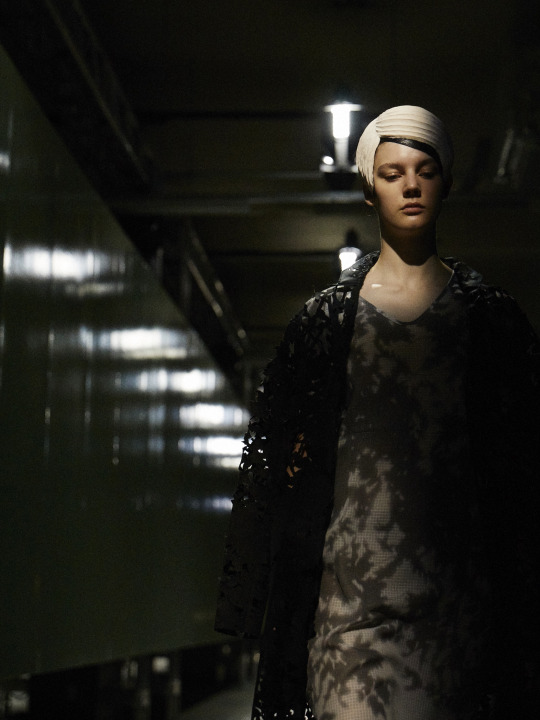
Interview: Rebecca U Kunihiko Morinaga Interview Photo: Taiki Shigai Tokyo Presentation Photos: Teruo Horikoshi http://photographerteru.com/ Translator: Anya Yakusheva
After launching his label ANREALAGE 15 years ago and over four years of presenting his collections in Paris, Kunihiko Morinaga brings out a mix of archival and new in his Tokyo homecoming show during Tokyo Fashion Week SS19 through Amazon’s ‘At Tokyo’ programme. Amazon, the head sponsor of Tokyo Fashion Week invited the artist to the programme to present his work in Amazon’s fashion-imaging studio, the largest in the world where Morinaga used this space to give back to his family and friends.
The epic time warp show which touched the hearts of family and friends opened up with green neon letters being ‘lasered’, spelling out ANREALAGE by the
Japanese arts and technology group Rhizomatiks Research. Morinaga’s SS19 ‘Clear’, which made its debut in Paris follows after the mega light-show with models wearing Katsuya Kamo's elegant, neo-tribal headwear made of seemingly clear spikes and crystal shaped panels walking to the pounding of drums by Ichiro Yamaguchi (Sakanaction/NF) / Shotaro Aoyama (NF).
Clear Black Photochromic, a material further developed by Anrealage with Mitsui Chemicals is used in his pieces and headdresses; the material turns black in the sun and fades to clear under fluorescent light.
The presentation surprises by going back in time to SS15’s ‘Shadow’ collection. Some yelling could be heard during the show, which confuse and amuses some, for a moment, I thought the primal yelling was to do with the tribal drumming heard earlier in the show.
Black rounded figures appear from FW15’s ‘Light’ collection, the only difference noticed is the use of black facemasks, not painted black faces for the ease of changing into a different collection.
The models pause from time to time to demonstrate the UV reactive textiles which is revealed when the spotlight moves across the models; the visuals by Rhizomatiks Research further highlights the details of the bright, floral patterns and patchwork of the seemingly all black collection.
We time travel forward to view the presentation of SS16 where onlookers were asked to take flash photography to reveal the neon, kaleidoscopic patterns on Morinaga’s innovative fabrics; as soon as this ends, the show takes us to the present with the appearance of AW18/19’s ‘Prism’, followed by more archival collections demonstrating Morinaga’s intelligent light reactive materials.
A week after the show, I meet with the seemingly introverted and softly spoken Morinaga at his SS19 exhibition, Morinaga was kind enough to give us some of his time to answer a few questions and to share his views on fashion with MOTHER magazine.
After your presentation in Tokyo, I spoke to a friend of mine who had worked with you in the earlier years of Anrealage, he was so emotional and touched by your presentation he needed time on his own to process his feelings after your show. He said the order of the collections that were shown was planned in a very clever manner. Kunihiko Morinaga: Yes! New, old, old, new and back to old. It was interesting to see the new collection come out followed by the archival collections and then suddenly to see the new come back followed by the archival works. I imagine many of your family and friends who are not able to see your presentations in Paris were very touched. How did this way of presenting your Tokyo show come about? Kunihiko Morinaga: The brand name Anrealage is a combination of the words ‘real, unreal, and age; real or unreal’, it’s about transcending reality and age, going back and forth between the ages. I had this idea from a while back, the meaning was always present in the brand name so it was something that was natural for the brand.
What comments have you received from your family and friends regarding your Tokyo presentation?
Kunihiko Morinaga: Everyone was extremely surprised because seeing the span of 15 years worth of work in one show was very overwhelming. I connected with your show in a emotional sense because I could feel it was for your friends and family. What comments have you received from the press and buyers to compare to the comments from your family and friends? Kunihiko Morinaga: The feedback has been very good, people have said the show was a little nostalgic, the change of light was very impressive, and even though the show was long, it was very smooth. 15 years, does it feel like it has gone by quickly? Kunihiko Morinaga: It feels very long, super long. Translator: Otsukaresama desu! お疲れ様です! (An expression to show appreciation of someone's hard work.) Your collection in Paris was well received, how does the general reaction from the international audience differ from your domestic audience? Kunihiko Morinaga: The main difference is that the West pays attention to production technology and in Japan, the focus is on art and history. When did you start noticing this? Kunihiko Morinaga: After my trips from overseas back to Tokyo, I started to notice the contrasts in comments. How has showing in Paris changed Anrealage? Kunihiko Morinaga: The brand is now more orientated towards the West and we have more international business in regards to stores. Some people have their opinions and reasons for why many Japanese labels prefer to stay domestic, what are your thoughts on this? Kunihiko Morinaga: I feel it's better to go abroad, showing your work just in Tokyo can feel very flat, it's best to consider fashion as a global entity and to not restrict it to one city or continent. I believe it's a necessity for labels to show overseas. Your work merges avant-grade thinking, technology, science and design. How big is the consumer market for this? From my end, I feel the only technologically forward apparel and footwear that is being consumed at a fast pace is sportswear. Kunihiko Morinaga: The market is small, I agree with you about sportswear, at the moment I'm collaborating with ASICS, you can see our collaboration shoes in our new collection presentation, our other collaboration shoes with ASICS is on sale now. Are you able to reveal the secret to the technology being used? Kunihiko Morinaga: [Laughs] No. I've met some male designers who find it challenging to design womenswear, as a male, how did you find your way to design for women? Kunihiko Morinaga: There is more fantasy involved, so I have more freedom in womenswear.
Designers who are suffering because of e-commerce and trend based fashion, what can you suggest they do to stay afloat? Kunihiko Morinaga: Creating value, something that no one else has. Are more stores focusing on what will sell well over what they would truly like to have in their stores?
Kunihiko Morinaga: In Japan, that's the case, select shops in Japan will import things that are sellable, in the West, select shops like to order unique pieces.
How does it feel to bring your work back to Tokyo? Kunihiko Morinaga: I was a bit worried, but this is the place where I grew up so it's the right place to show my work.
0 notes
Photo










ANREALAGE Paris Collection Photos: Alice Berg www.thealiceberg.com
0 notes
Photo
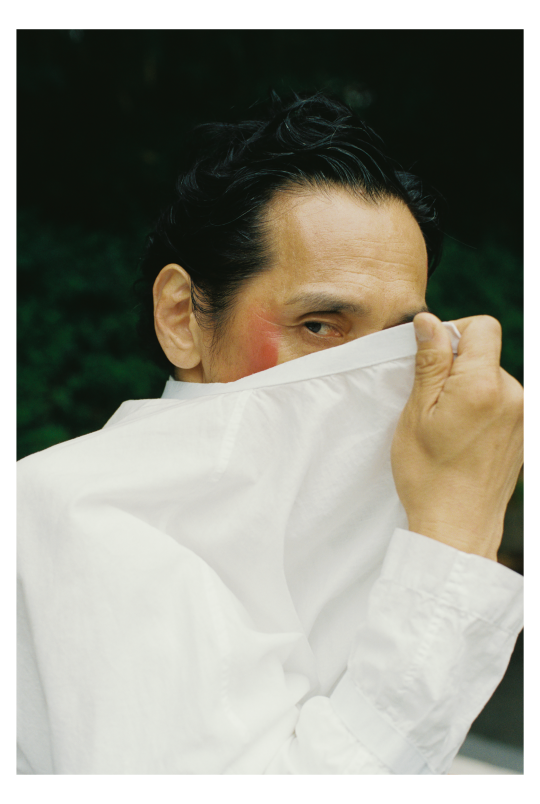
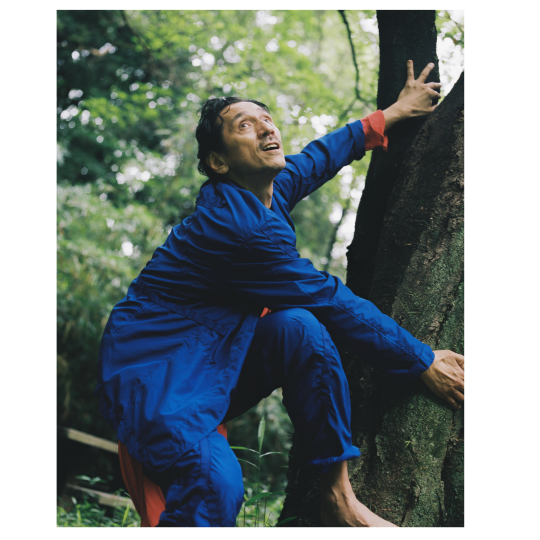
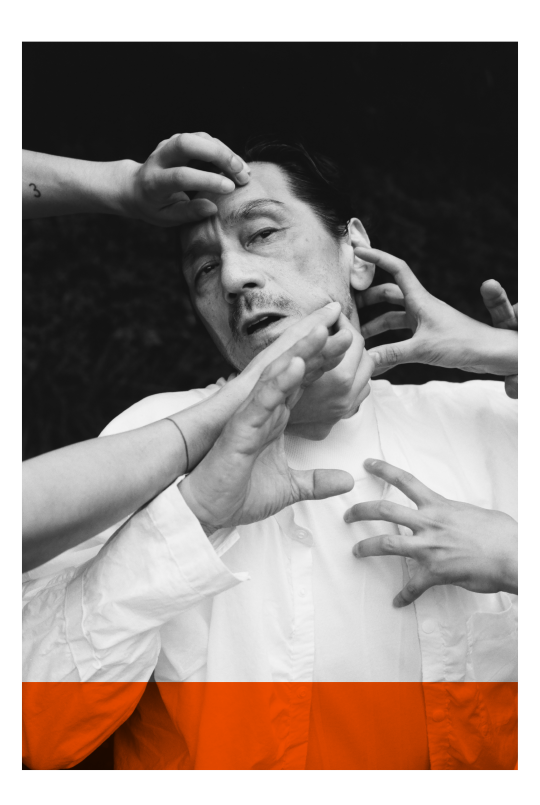
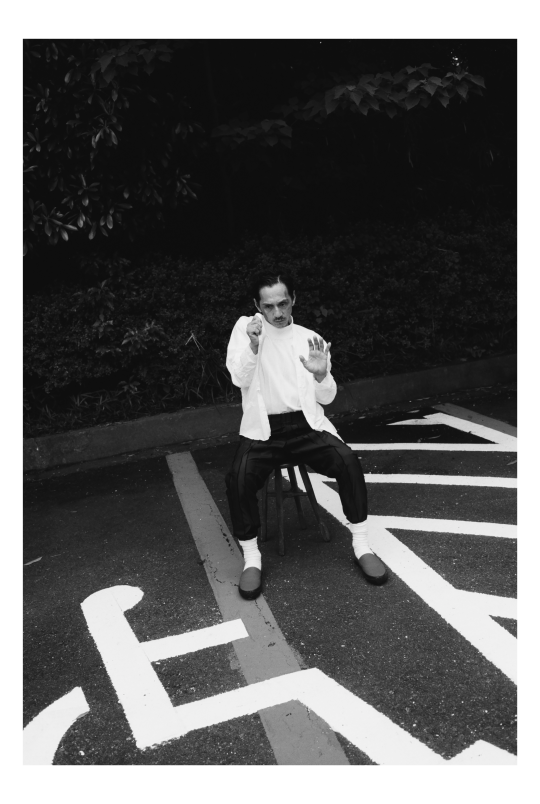
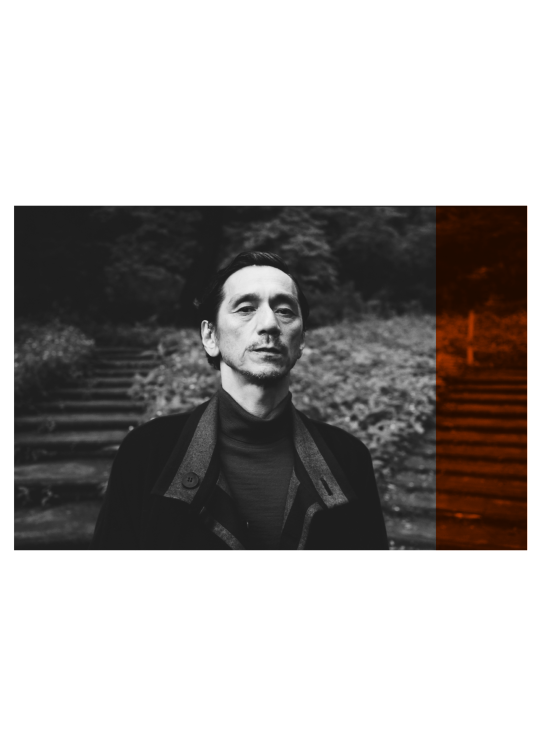
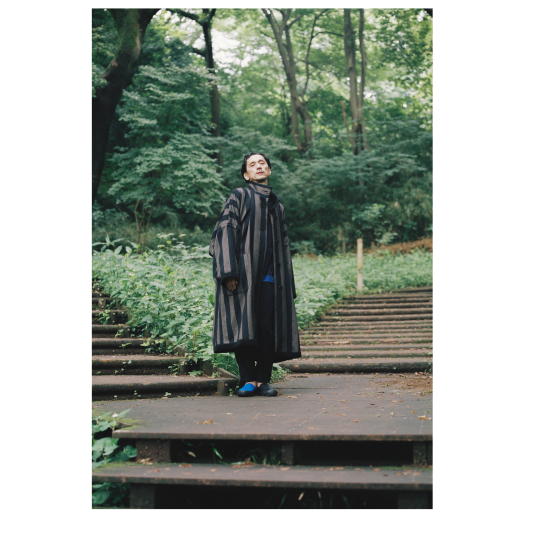
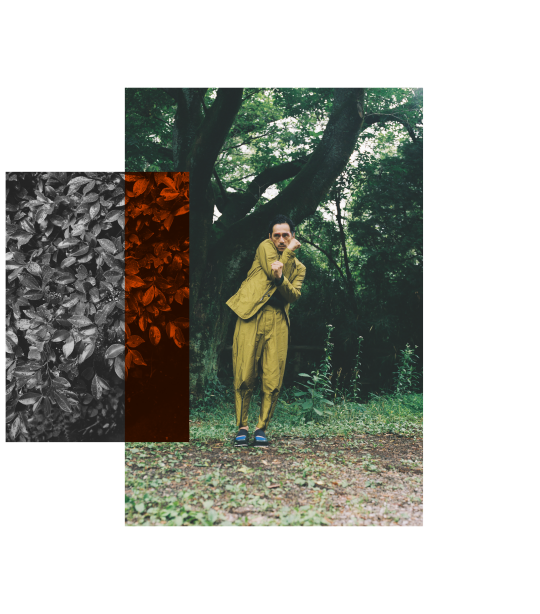
Issey Miyake Exclusive for @mothermagazine
Fashion Editor: #RebeccaU A former member of the legendary Kyoto-based artist collective 'DumbType ’, Takao Kawaguchi is now a singular dancer/performer in his own right. His latest solo work about Kazuo Ohno was nominated for New York’s Bessie Award 2016/17 and has been touring worldwide for the last few years. For #MOTHERdigital, the mixed-media performance artist interprets the limitations of freedom in our exclusive Issey Miyake story 'In Doubt’. Model: Takao Kawaguchi ⠀ ⠀⠀⠀⠀⠀⠀⠀⠀⠀ ⠀⠀⠀⠀⠀⠀⠀⠀ Photo & Film: @masahamanoi ⠀⠀⠀⠀⠀⠀⠀⠀⠀ Stylist: @stylistyoshiki ⠀⠀⠀⠀⠀⠀⠀⠀⠀ Grooming: @kentarokatsu ⠀⠀⠀⠀⠀⠀⠀⠀⠀ Editorial Design: @shingo_kurono ⠀⠀⠀⠀⠀⠀⠀⠀⠀ Music Composer: @hitsujisoundfactory ⠀⠀⠀⠀⠀⠀⠀⠀⠀ ⠀⠀⠀⠀⠀⠀⠀⠀⠀ Adviser: @hiro_de_shintani ⠀⠀⠀⠀⠀⠀⠀⠀⠀ All clothes @hommeplisse_isseymiyake ISSEY MIYAKE MEN ⠀⠀⠀⠀⠀⠀⠀⠀⠀ ⠀⠀⠀⠀⠀⠀⠀⠀⠀ ⠀⠀⠀⠀⠀⠀⠀⠀⠀ ⠀⠀⠀⠀⠀⠀⠀⠀⠀ ⠀⠀⠀⠀⠀⠀⠀⠀⠀ ⠀⠀⠀⠀⠀⠀⠀⠀⠀ ⠀⠀⠀⠀⠀⠀⠀⠀⠀ ⠀⠀⠀⠀⠀⠀⠀⠀⠀ ⠀⠀⠀⠀⠀⠀⠀⠀⠀ ⠀⠀⠀⠀⠀⠀⠀⠀⠀ ⠀⠀⠀⠀⠀⠀⠀⠀⠀ ⠀⠀⠀⠀⠀⠀⠀⠀⠀ ⠀⠀⠀⠀⠀⠀⠀⠀⠀ ⠀⠀⠀⠀⠀⠀⠀⠀⠀
2 notes
·
View notes
Photo


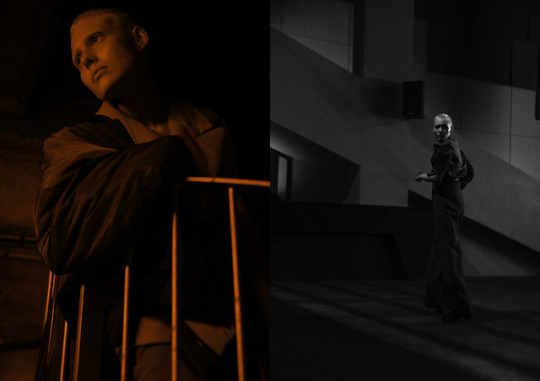







WE’RE IN THIS TOGETHER NOW, (ORWELL,1984) Photo & Post-production: @ALICE_BERGG Styling: @LEGRAND_CHRISTINE MUA & Hair: @LISAMCHLIK Models: @RATC_ALINA & @MONSIEURNOIRE Designer Credits: VIRUS Paris, Söderberg, Y-3, Dries Van Noten, Pyrn Archives, Ann Sofie Back, Helmut Lang, Jean Paul Gaultier, Balenciaga, Doc Martens, Neil Barrett, Lanvin, Arthur Avellano, Lutz Huelle, Moon Young Hee, Ilaria Nistri, T.A.S Japan.
0 notes







